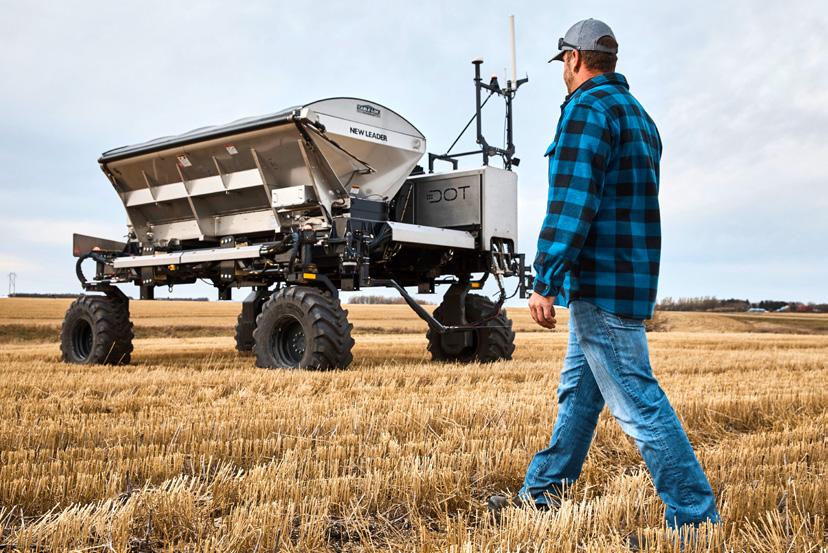Winter Issue 2020
SOUTH DAKOTA
SOYBEAN LEADER A publication of the South Dakota Soybean Association
2020 End of Year Check-In
Paving the Future of Precision Agriculture
Hit the Road with U.S. Soy
Soybean Groups Support Farmer Well-being
Soybean-based Asphalt Sealant applied to Sioux Falls Streets
Importance of Precision Technology
Winter Issue 2020
SDSL
1











